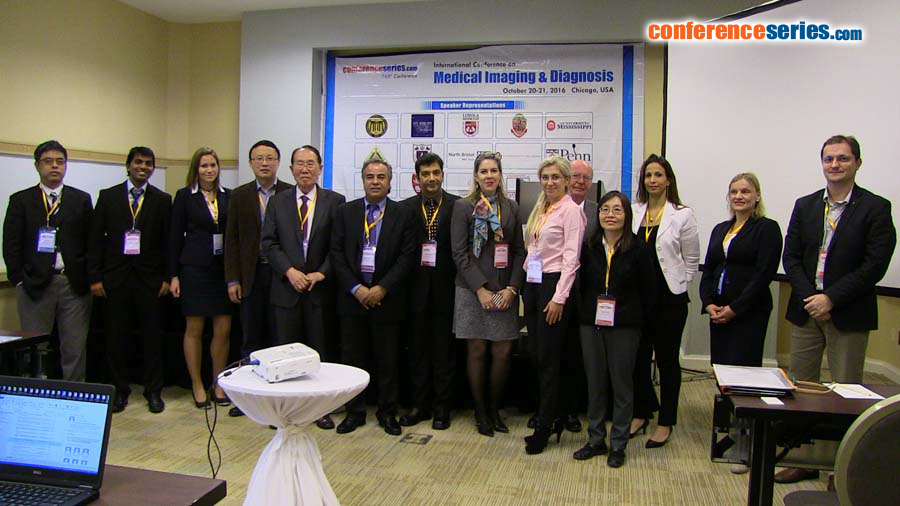
Elaine Iuanow
QT Ultrasound Labs, USA
Title: Accuracy of cyst vs. solid diagnosis in the breast using quantitative transmission (QT) ultrasound
Biography
Biography: Elaine Iuanow
Abstract
We present the results of a receiver operator characteristic (ROC) study using an emerging ultrasound technology, quantitative transmission (QT) ultrasound. We present the readers the accuracy in determining whether a breast lesion is a cyst versus a solid using QT ultrasound. Digital mammograms (XRM) and QT ultrasound imaging were selected from the QT ultrasound library of images. All solid cases had ground truth pathology. Hand held ultrasound images were used as ground truth for cysts. Thirteen readers performed blinded reading of 32 cases (15 solids and 17 cysts) using XRM+QT, assigning both a confidence score (0-100) and a binary classification (solid/cyst) to classify lesions. A 95% percentile bootstrap confidence interval (CI) was computed for the mean readers’ area under the ROC curve, sensitivity (proportion of solids correctly classified as solid) and specificity (proportion of cysts correctly classified as cysts). Results show that when a speed of sound measurement >1571 m/s was used to indicate a solid, mean sensitivity and specificity of QT ultrasound were 0.75 (95% CI: 0.56, 0.92) and 0.85 (CI: 0.67, 1.00), respectively. Using the readers’ binary classifications with XRM+QT, mean sensitivity and specificity were 0.95 (CI: 0.87, 1.00) and 0.84 (CI: 0.66, 0.98), respectively. When the readers’ confidence scores with XRM+QT were used to distinguish solids versus cysts, mean ROC area was 0.923 (CI: 0.830, 0.988). QT ultrasound is an emerging ultrasound technology that demonstrates high accuracy in distinguishing cyst versus solid lesions in the breast.



